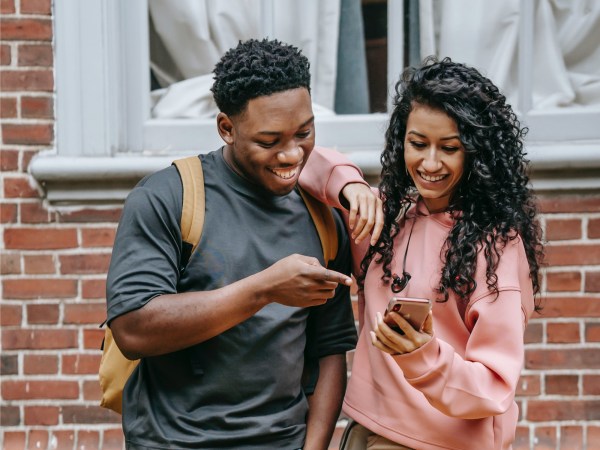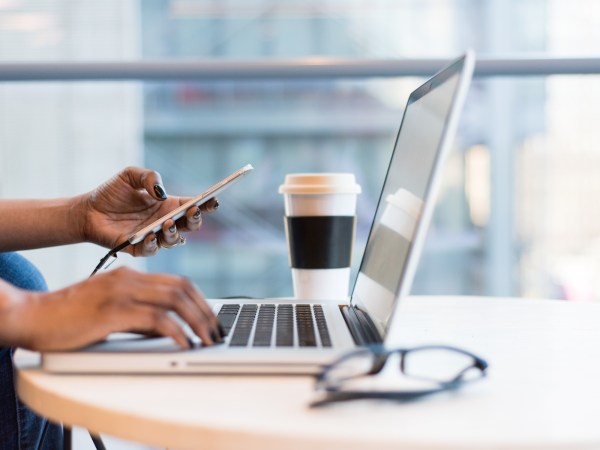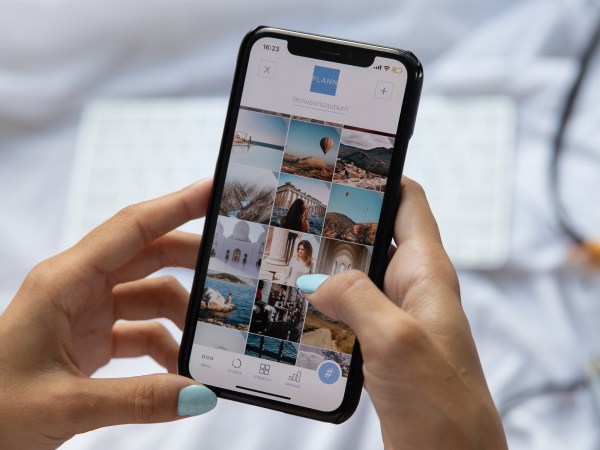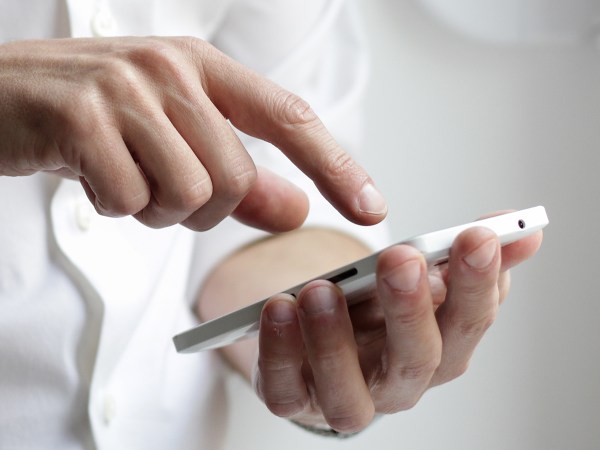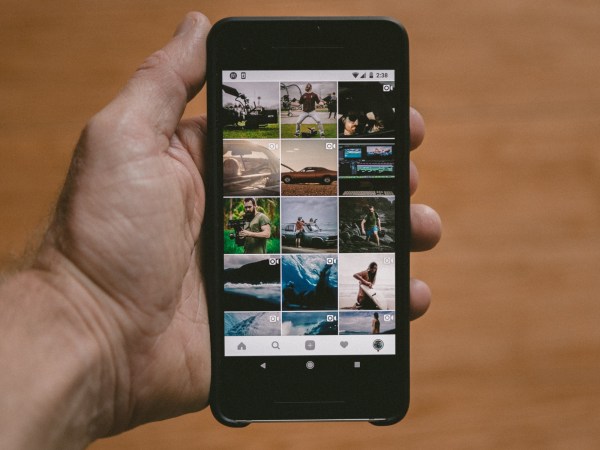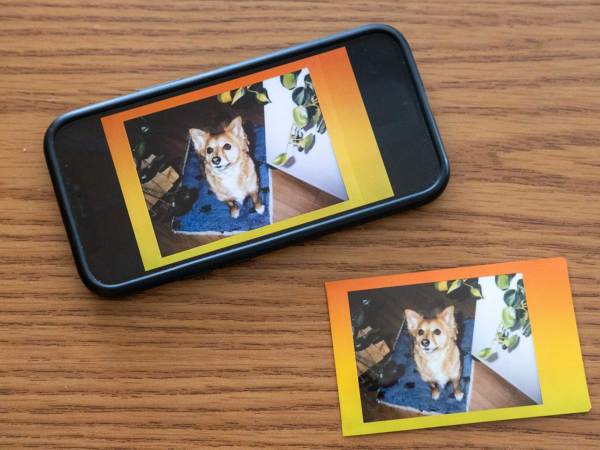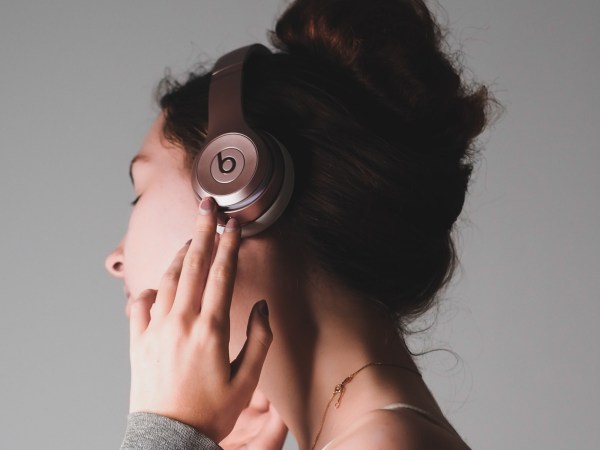

This post has been updated. It was originally published on April 6, 2020.
You probably do a lot of sharing from your phone—photos, files, links—which is why both Android and iOS have a sharing button prominently displayed on most parts of their interfaces.
As a refresher, on Android phones, the “share” button looks like a “less-than” sign, with a circle at each point, whereas on iPhones, it’s an arrow pointing out of a square. But no matter which platform you’re using, the purpose of the button is the same: to share whatever you’re looking at with other people.
And even though the sharing button is simple, you can make things more seamless and less time-consuming by choosing what happens when you tap “share,” or using other smart ways to send content directly from your photos app of choice.
Customizing sharing on iOS
To customize the sharing panel, you’ll need to get it up on screen. Start by sharing something—a webpage in Safari, for example. You can’t really customize the list of frequently contacted people and frequently used devices at the top of the sharing menu, but you can long-press on someone’s name and tell iOS to suggest them less. Most customization involves the list of apps underneath those suggested names.
[Related: How to share huge files online]
Scroll to the far right of the apps list and pick More, then tap Edit to pick and reorder which apps show up first when you share something—use the triple-line handles on the right to change the order. If there’s one app you’re always sharing to, make sure it appears first. Tap Done, then Done again to set your choice.
Finally, scroll down to the actions list—which includes copying or printing items—and tap Edit Actions to choose what appears here. Again, you can add or remove entries from the list, so you could remove the Copy option and add the Save to Dropbox option, for example.
Customizing sharing on Android
By default, when you hit the share button on Android, you’ll see four contacts and four apps. These are determined by the operating system based on who you’re usually in touch with, who you recently chatted with, the tools you usually use to send specific types of files, and what it sees as the apps you use the most.
Unfortunately, these suggestions are not customizable, but swiping up on the sharing menu will open up a whole app drawer with possibilities. Starting with Bluetooth, you’ll see several more apps (18 on our phone) on top of the four you started with. They will usually be social media, storage services, and communication tools ranging from email platforms to messaging apps.
You’ll notice some will have a downward arrow next to the app’s name—this means you can choose a specific place within that app to share content. For example, tapping the downward arrow next to Instagram will open a new menu where you can choose to send an image or video to someone on the platform as a direct message, post it to your feed, or upload it to your story. Likewise, touch the downward arrow next to Twitter and you’ll be able to choose whether you want to send the file through a direct message or post it as a tweet. If you’re using a Galaxy phone, Samsung has an extra sharing setting on top of Android’s. This will allow you to pin specific contacts on an app so they’ll always pop up no matter what you’re sharing or where you’re doing it from. Open Settings, tap Advanced features, then hit Direct share. If you disable this option, you will only see your frequently used apps on the Share list.
One trick that affects the sharing menu on any version of Android is clearing the data cache of any app (like Messages) that dominates the direct share links more than you’d like it to. This partly resets Android’s list of the contacts you’re most in touch with. From Settings, tap Apps, then any app, and Storage & cache to find the Clear cache option.
Sharing from phone to phone
If you’re in the same space as the person you want to share something with, phone-to-phone sharing is usually the quickest option. Traditionally, Bluetooth has been the tool for this task—just make sure you and the receiver have your Bluetooth on, then pick Bluetooth from the Share menu on either Android or iOS to connect your devices.
If devices on the sending and receiving ends are both made by Apple, AirDrop is the fastest and most reliable way to share. Make sure the option is enabled on both phones (General, then AirDrop from Settings) and nearby AirDrop devices will show up first on the list when you tap the Share button. Just select the device to connect to and choose the photo, file, link, or whatever you want to transfer.
The Android equivalent to AirDrop was Android Beam, but it was discontinued in Android 10. Its replacement is called Nearby Share, and it’ll be the first option you see any time you open the sharing menu. To use it, tap the Share button, then Nearby. Your phone will automatically search for another Android device in the vicinity, and the name of the recipient should appear under Looking for nearby devices. When you see it, tap the correct entry and your friend will get a notification—if they have Nearby Share on, Android will ask if they accept what you’re sending. If it’s off, it’ll ask them to turn the feature on. Once they accept the content, and the sharing is complete, tap Done.
Sharing photos and videos in Apple Photos
Photos and videos (baby pics, memes, vacation snaps, viral video clips, and more) are some of the items we most commonly share with our friends and family. If you’re using the default photos app on iOS and you tap the Share button, you’ll see a few options specific to that particular app.
If you want to share a whole bunch of photos and videos at once, choose Add to Shared Album. This will let you create a new album in iCloud (or use an existing one) that can be accessed by the specific contacts you select. This option is perfect for vacation photos or sharing photos of your kids with their grandparents. Invited members can add comments and images of their own, too. If you don’t see it, go to Settings > Photos and turn on the toggle switch next to Shared Albums.
If you only want to share a single photo or video, try Copy iCloud Link. This creates a direct link to the file in Apple’s cloud storage service, and you can send the URL through any app to any person. A warning though—files shared this way can be accessed and downloaded by anyone with a link for 30 days, so if you’re sharing sensitive content, you might want to find a more secure alternative.
Another benefit to iCloud links is that unlike shared albums, recipients don’t have to also be using Apple Photos—perfect if some of your family and friends live outside the Apple ecosystem.
Sharing photos and videos in Google Photos
Google Photos (available for both Android and iOS) has a similar set of options to Apple Photos once you hit the Share button. Select Create link for one-off, one-way shares, and you can then distribute that link to anyone who needs to access the file, be it a photo or video.
Contrary to what happens in iOS, the links Google Photos creates do not expire. This means that as long as the file exists in your cloud, anyone with a link will be able to access and download it, whether or not they’ve previously signed up for Google Photos. Keep that in mind if you’ll be sharing pictures of your kids or any other sensitive content.
[Related: Google Photos is better at image editing than you think]
Shared albums are handy for sending a bunch of photos and videos with a specific group of people, especially if you want them to be able to contribute their own files and add comments. The best part is that you stay in control of the album and can stop sharing it or prevent people from accessing it whenever you like.
In Google Photos for iOS, there’s a Shared Album option right on the Share menu. In Google Photos for Android, you’ll need to create the album first, by tapping Library in the bottom right corner of your screen, then the plus sign under Albums. Once you’ve got the right photos and videos in your album, you can share it with one or more people via the standard Share button.
